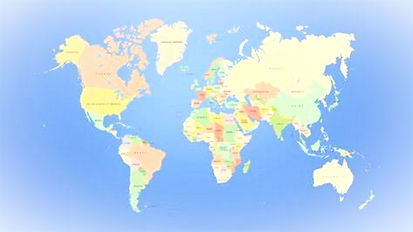
“Multifaceted immigration: Canadian Jewish intersections of identity and multiculturalism"
Mirsky Wexler, J. (2018). Multi-Faceted Immigration: Canadian Jewish Intersections of Identity andMulticulturalism. Journal of Integrated Studies, 10(1), 1-11.It was significant to recognize the diversity of voices within every community, including mine. For this paper, I asked the research question: How does intersectionality theory inform a complex and multifaceted multi cultural immigrant experience in Canada? I was inspired to write the paper because I saw a gap in the representation of the diversity of Jews in the Canadian Mosaic. In my own family there were Jews of Indian, Ashkenazi, Sephardic and Mizrachi descent, and some of those had immigrated to Canada at different points within the last hundred years. They were affected by anti-Semitism in Canada, but also racism, both in the larger community and within the Jewish community. These complexities need to be addressed in order to be changed, and within every community there can be resistance to acknowledging past wrongdoings. In the paper I challenge Klymlicka (2013) in regards to separating out marginalized aspects of identity such as race, gender or sexuality as it partitions the whole of an immigrant experience. Intersectionality theory provides a better framework to understand a multicultural immigrant experience like we one we have in Canada. I examine intersectional stereotypes and how these might impact the community internally and externally. The paper explores Jewish community as existing along intersections of spectrums that run along racial, religious, sexual, cultural and ideological lines. We are subject to more than one system at a time, and this combination of identities gives us a particular lens. This is consistent with the views on interdisciplinarity that resonate the most- the capacity to hold dissonance. It is where “Interdisciplinary “truth”… is phenomenological in nature, always partial and provisional, emergent as opposed to fixed…. (it is a) tolerance for confusion in the midst of complexity, and tolerance for the inherent challenges of holding different ways of knowing simultaneously in one’s mind, all of which are essential characteristics of interdisciplinary thought.” (Dreyfuss, 2011, 67). In reflecting upon the writing, I am reminded that no community is a monolith, and that we must deeply listen to the cacophony of voices within.
